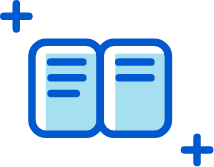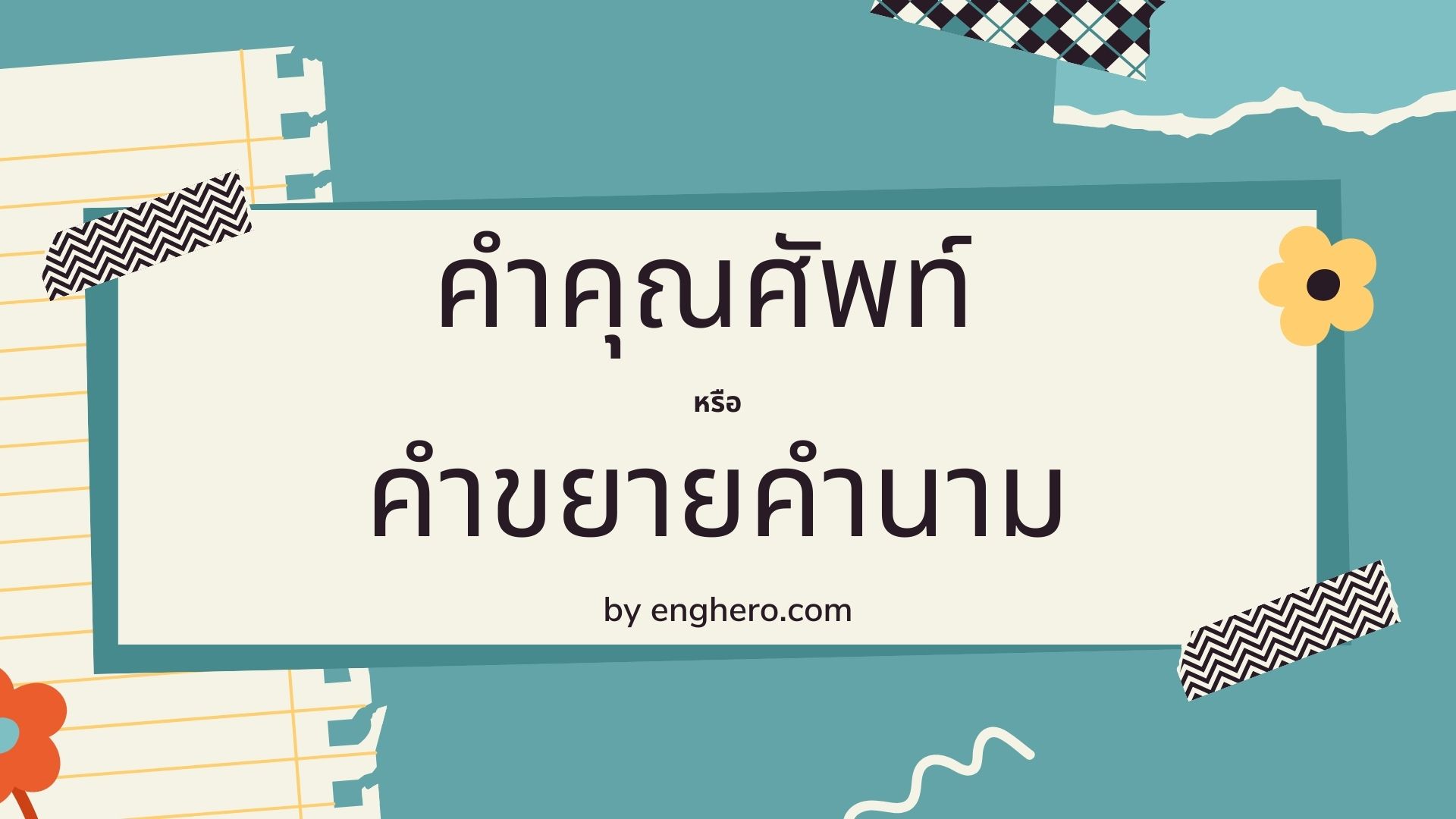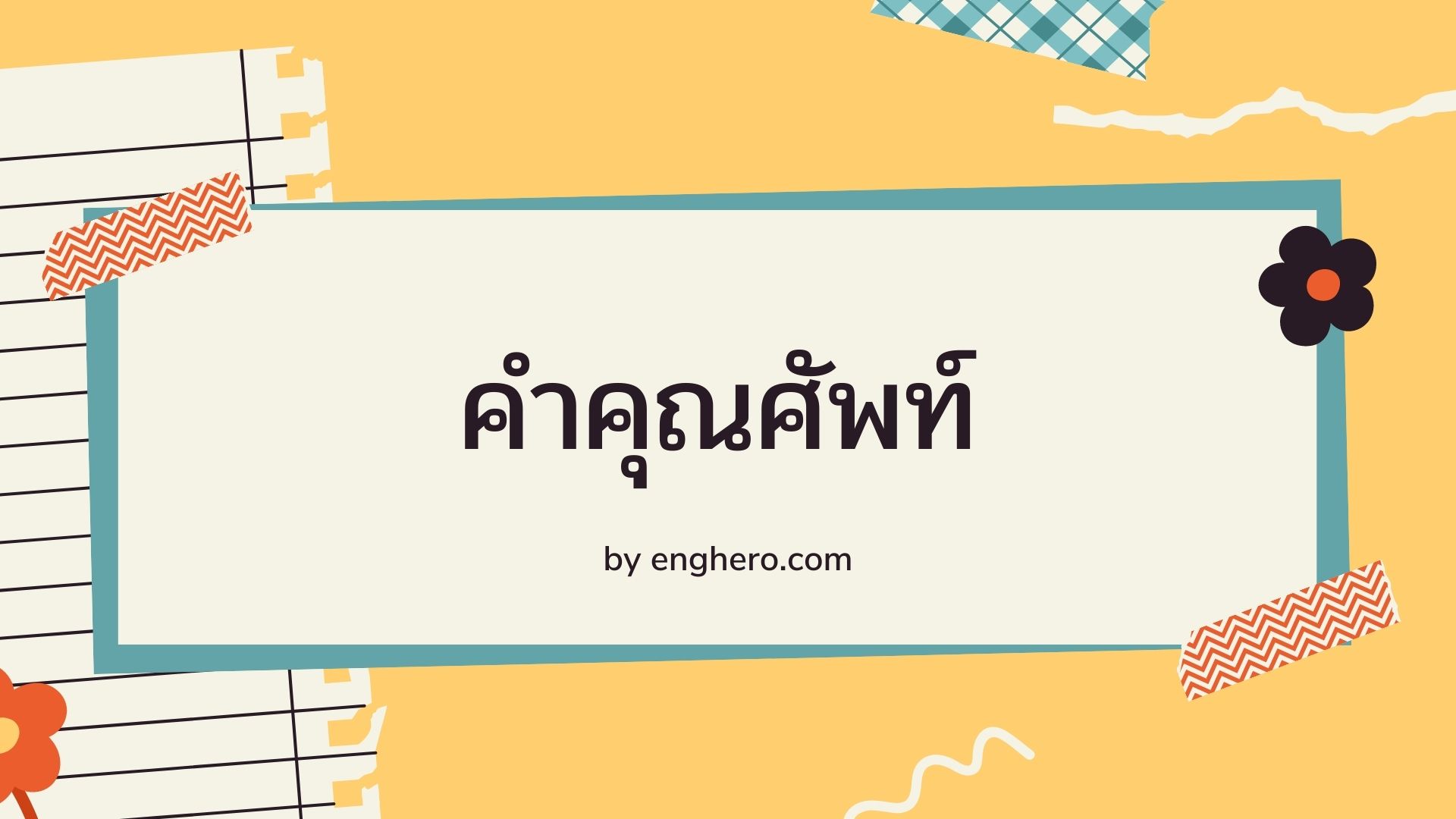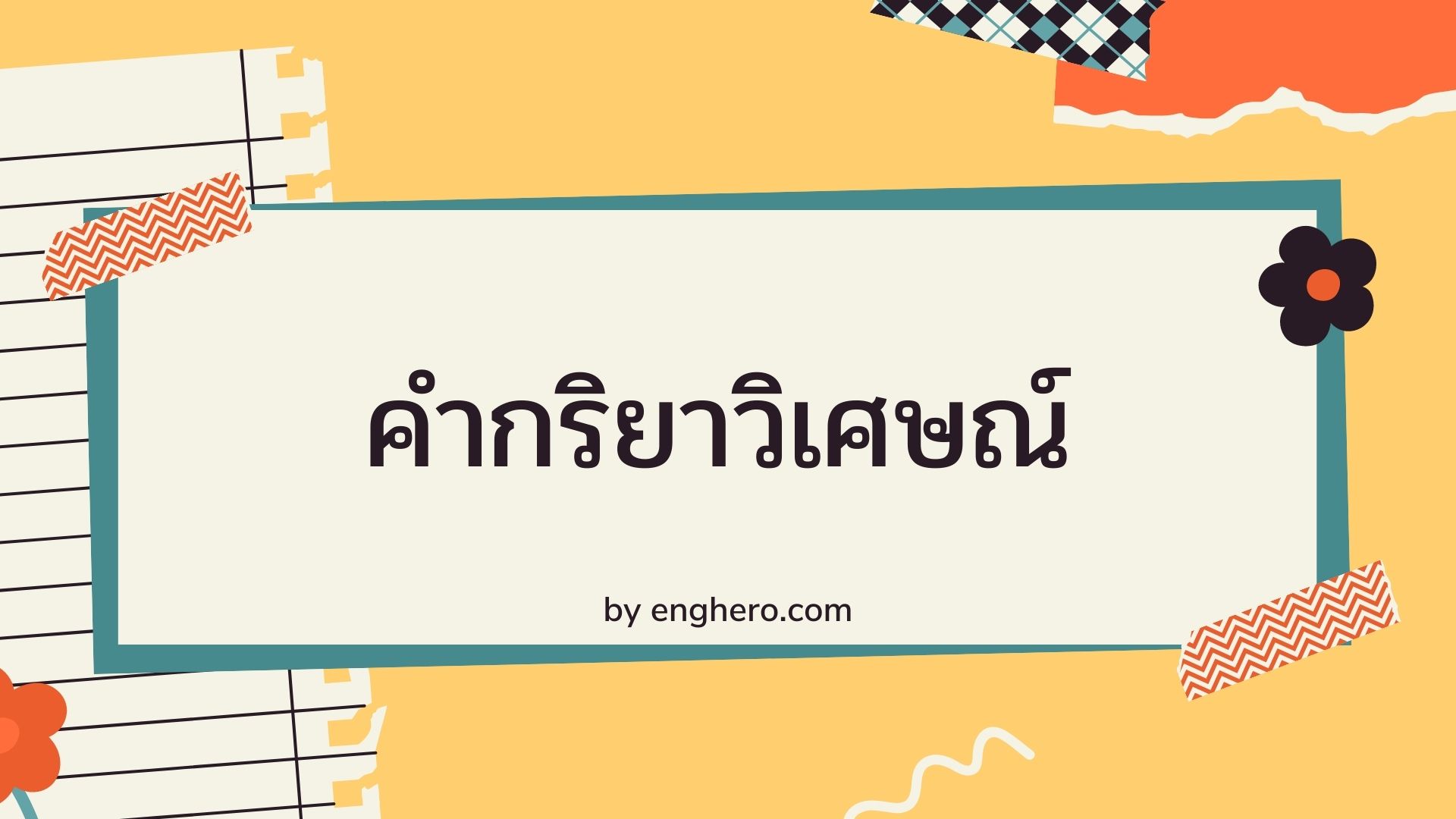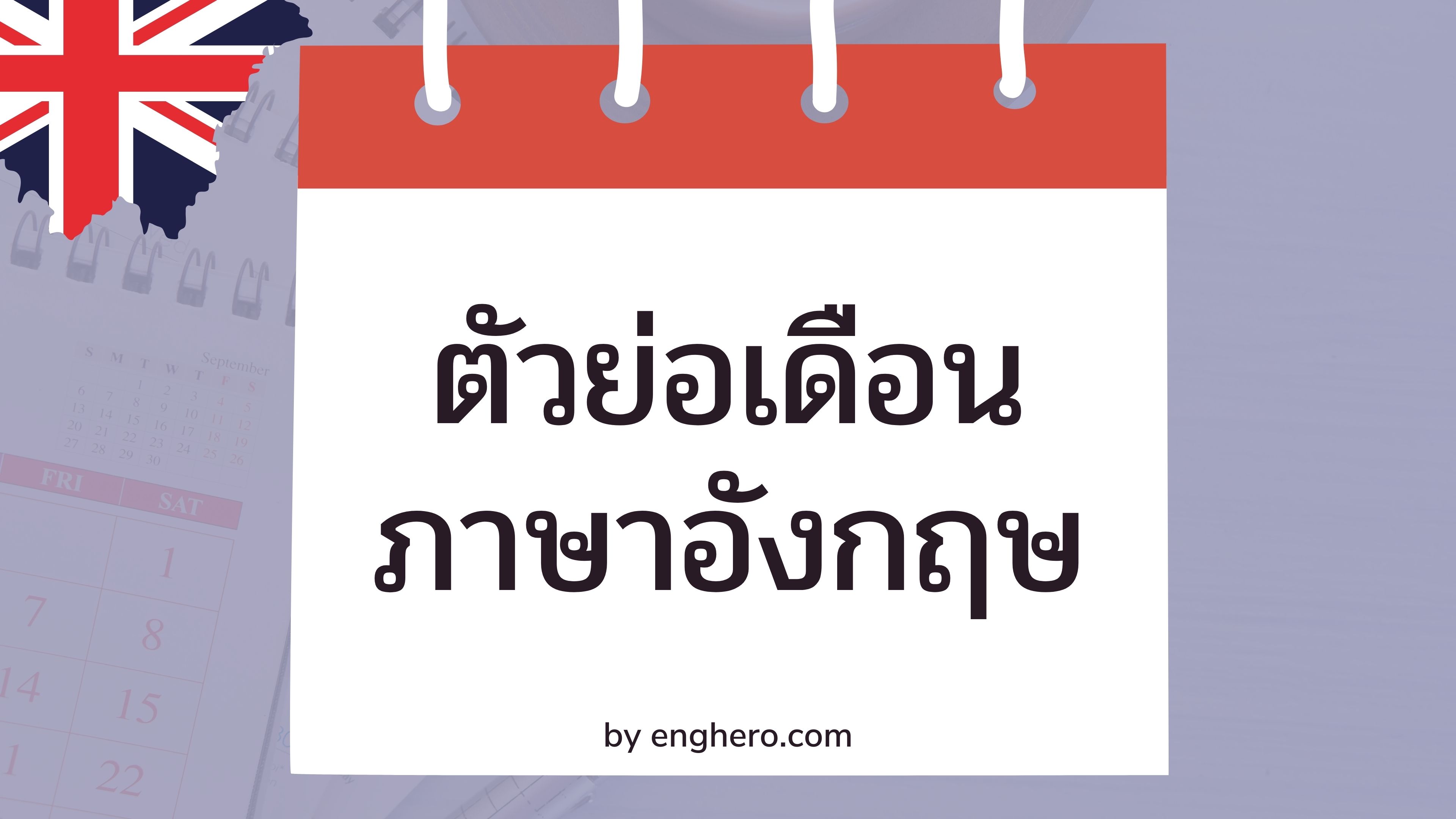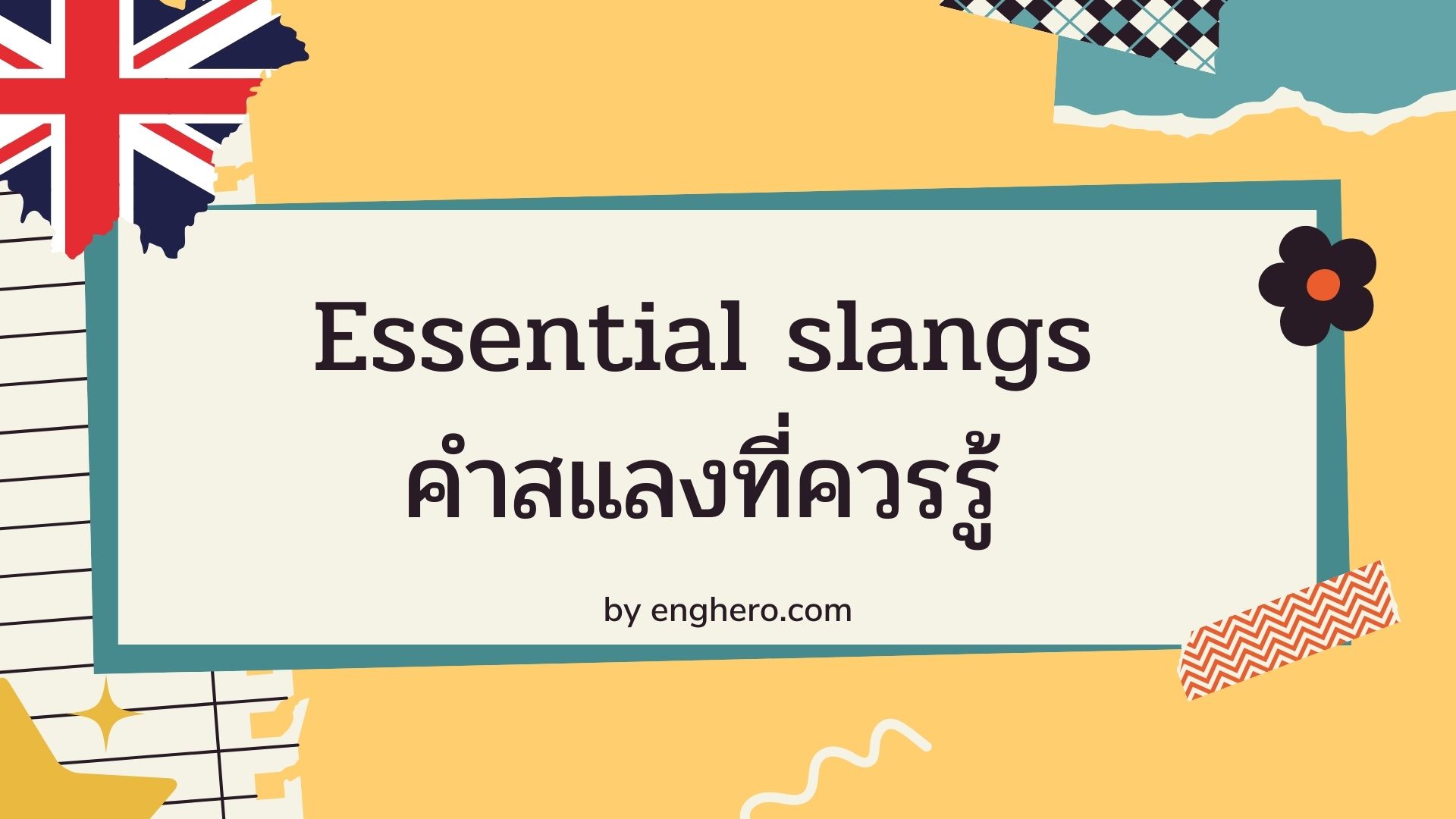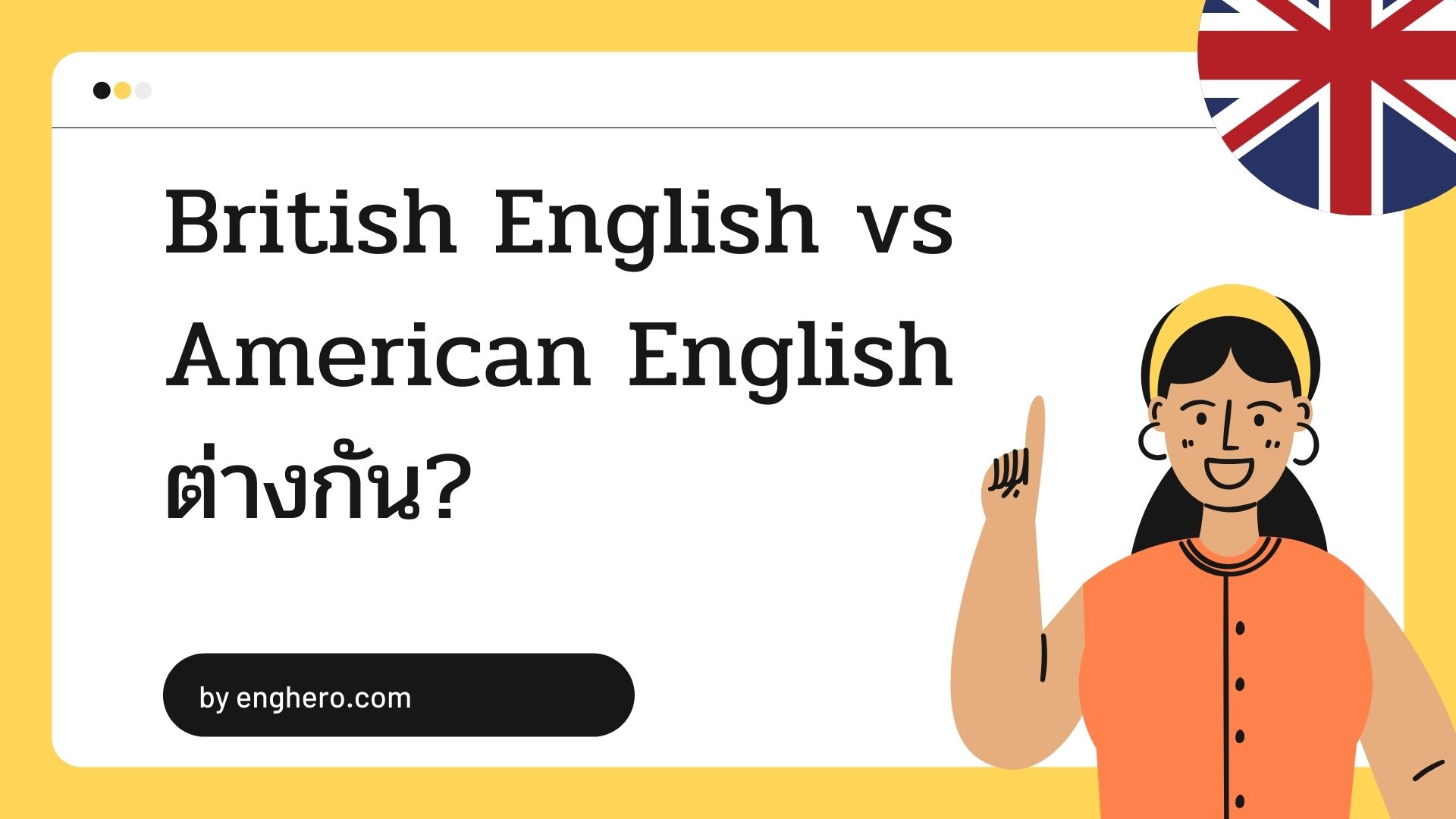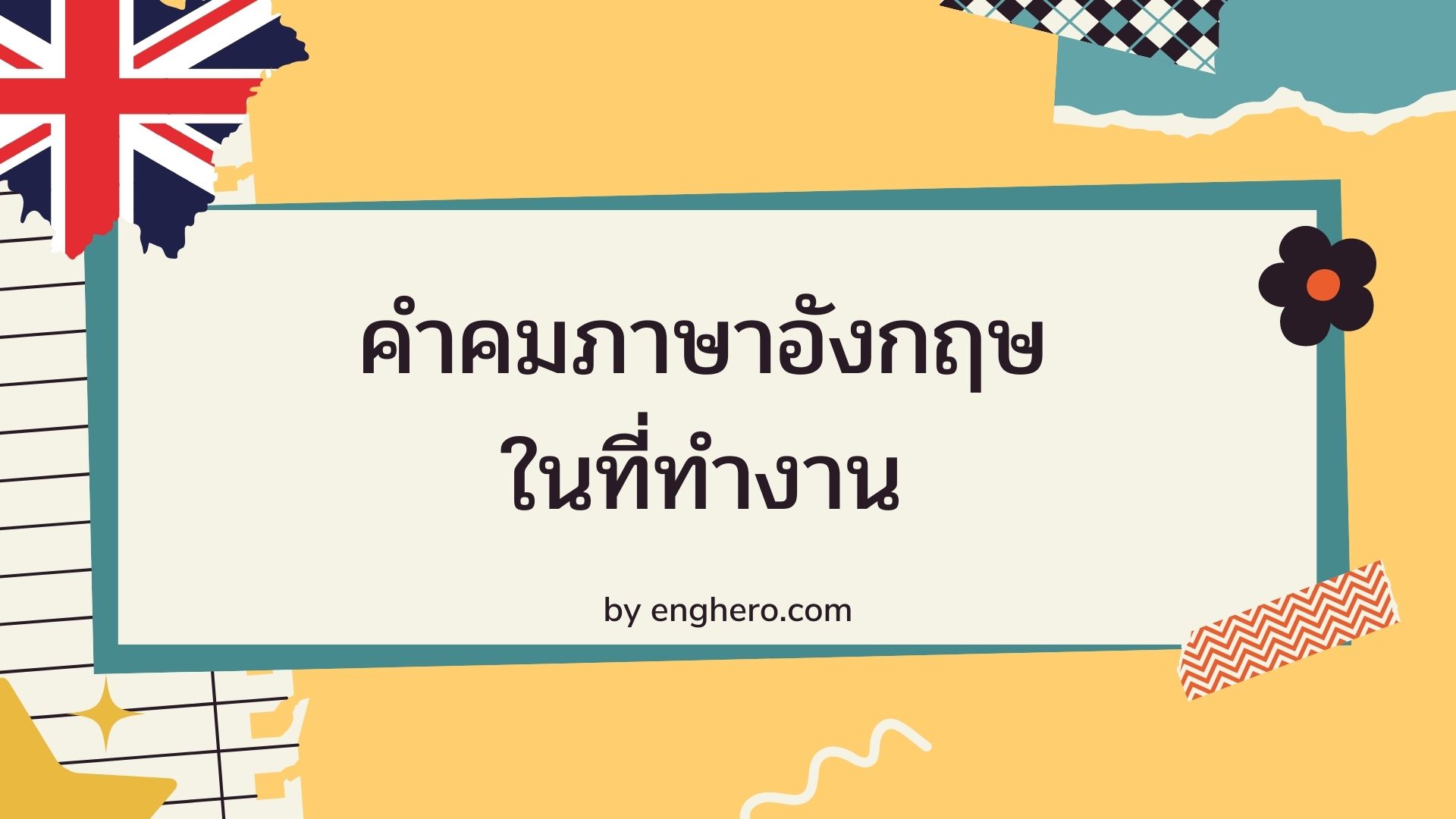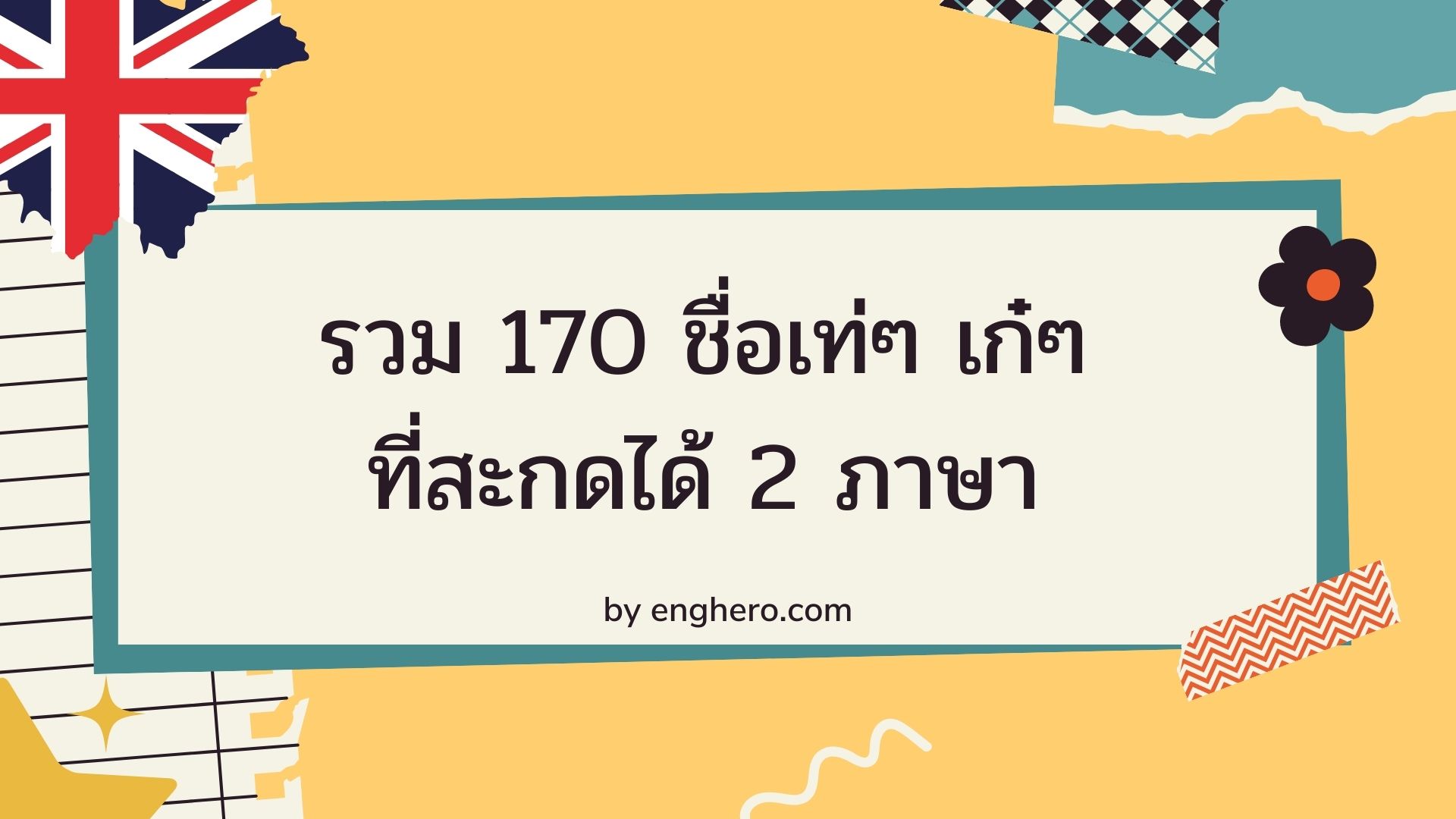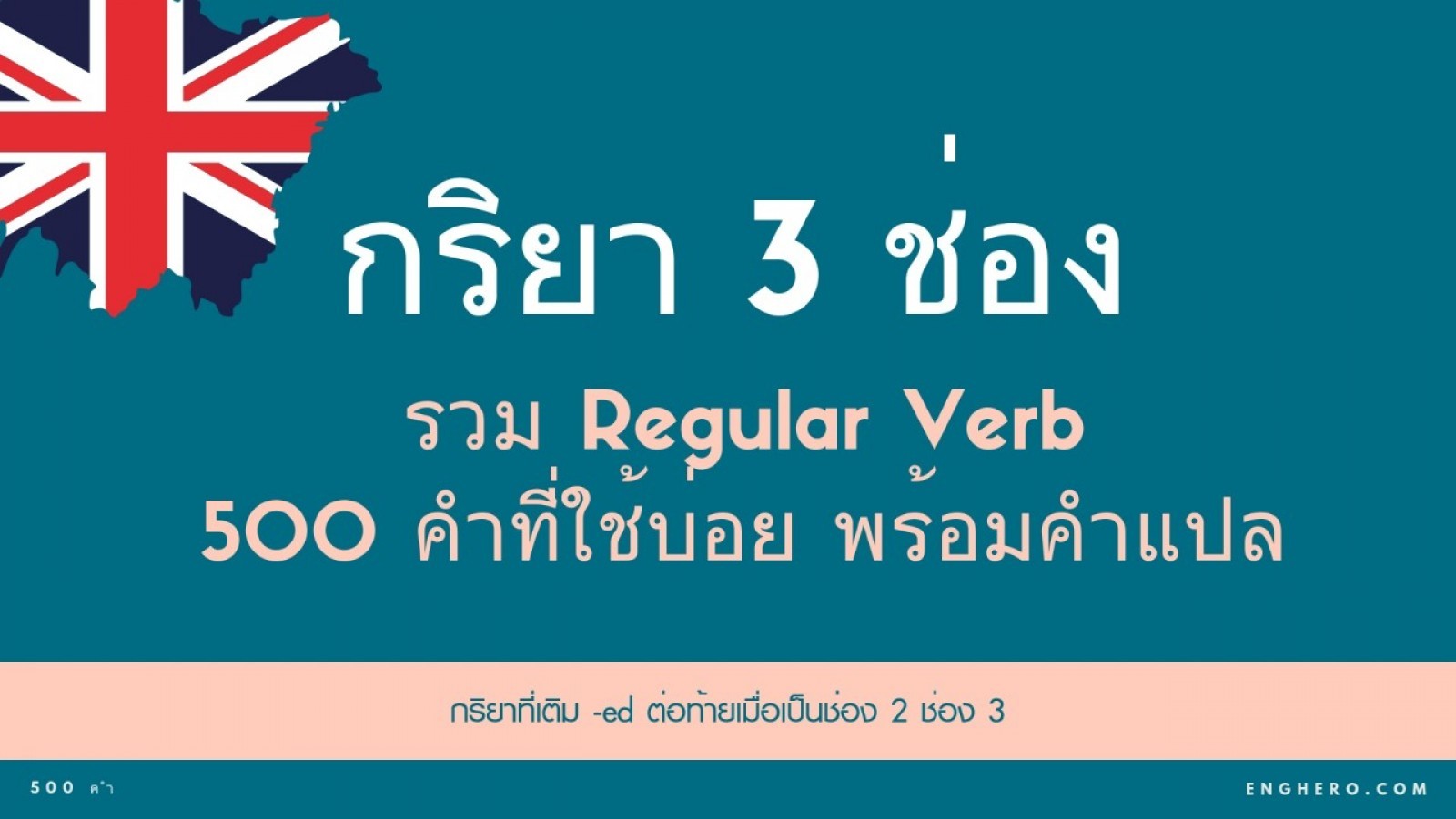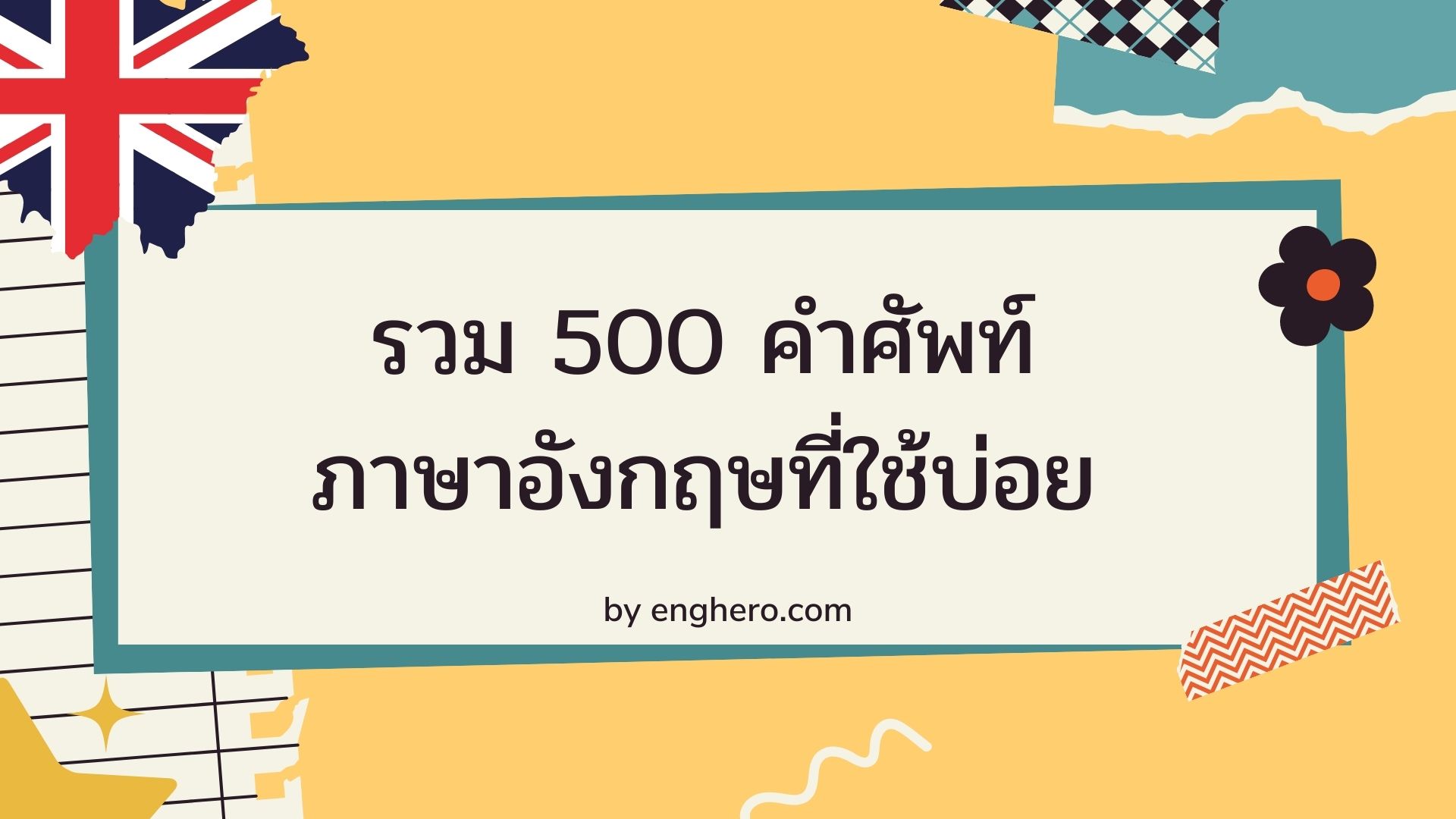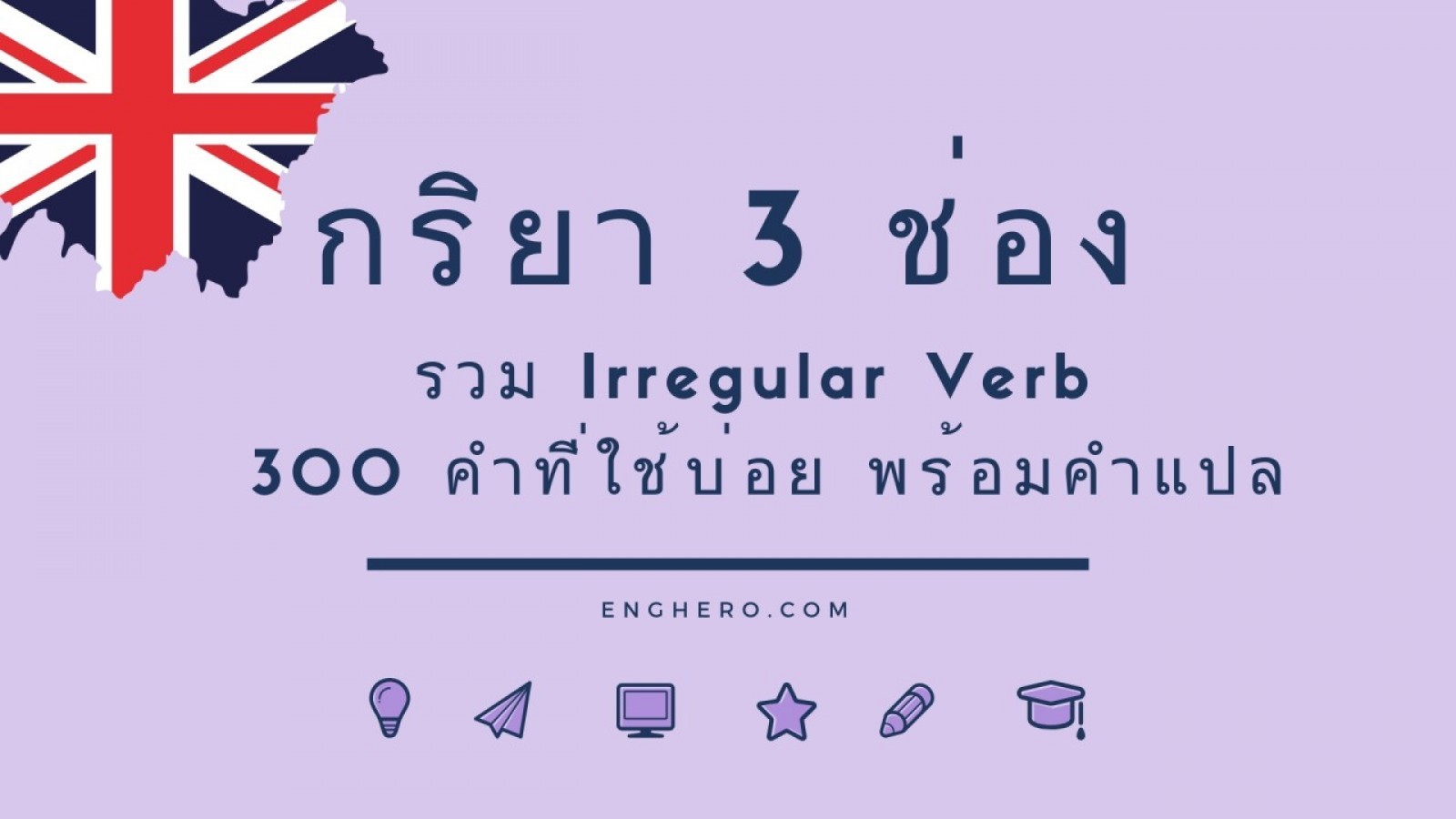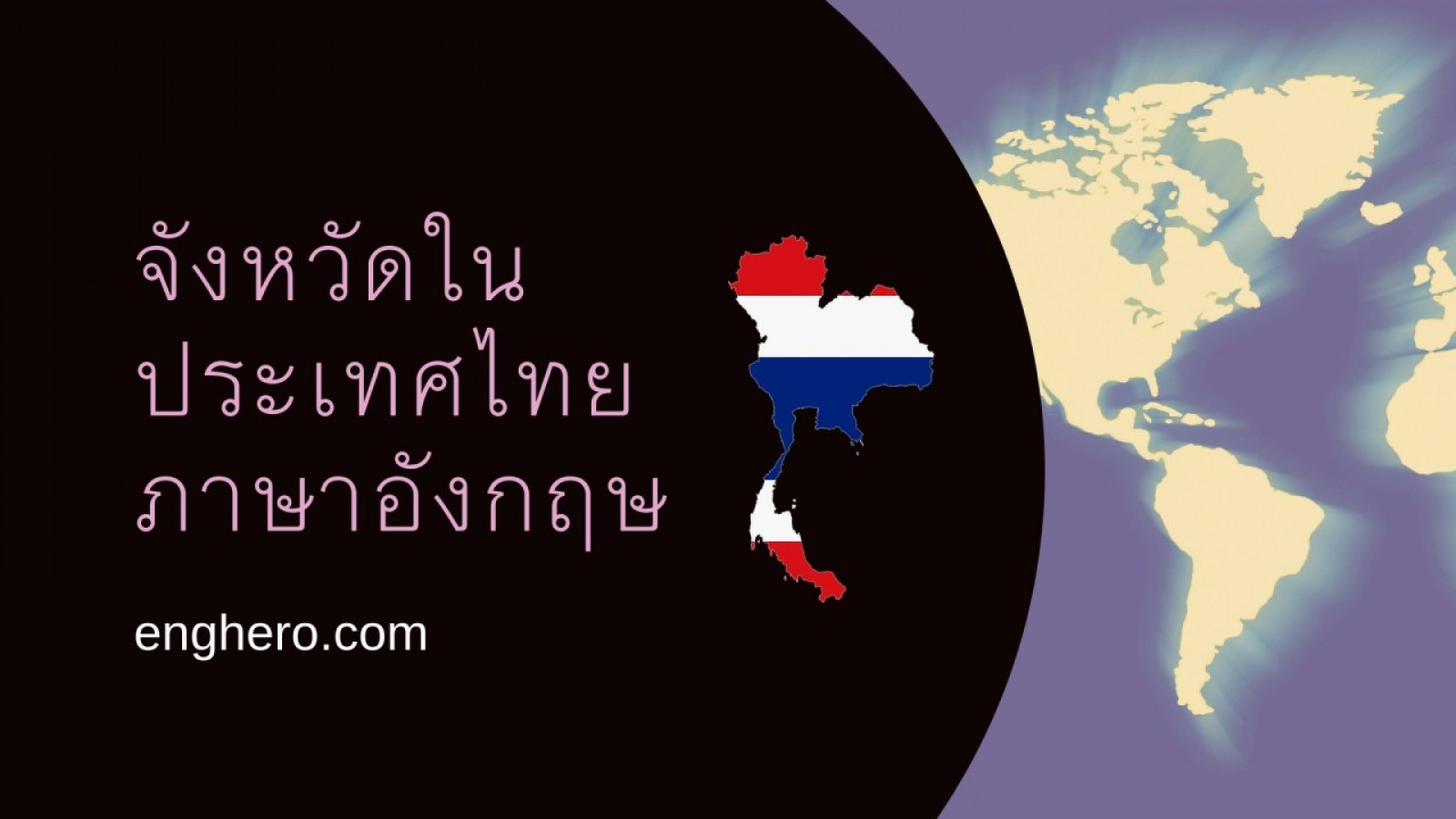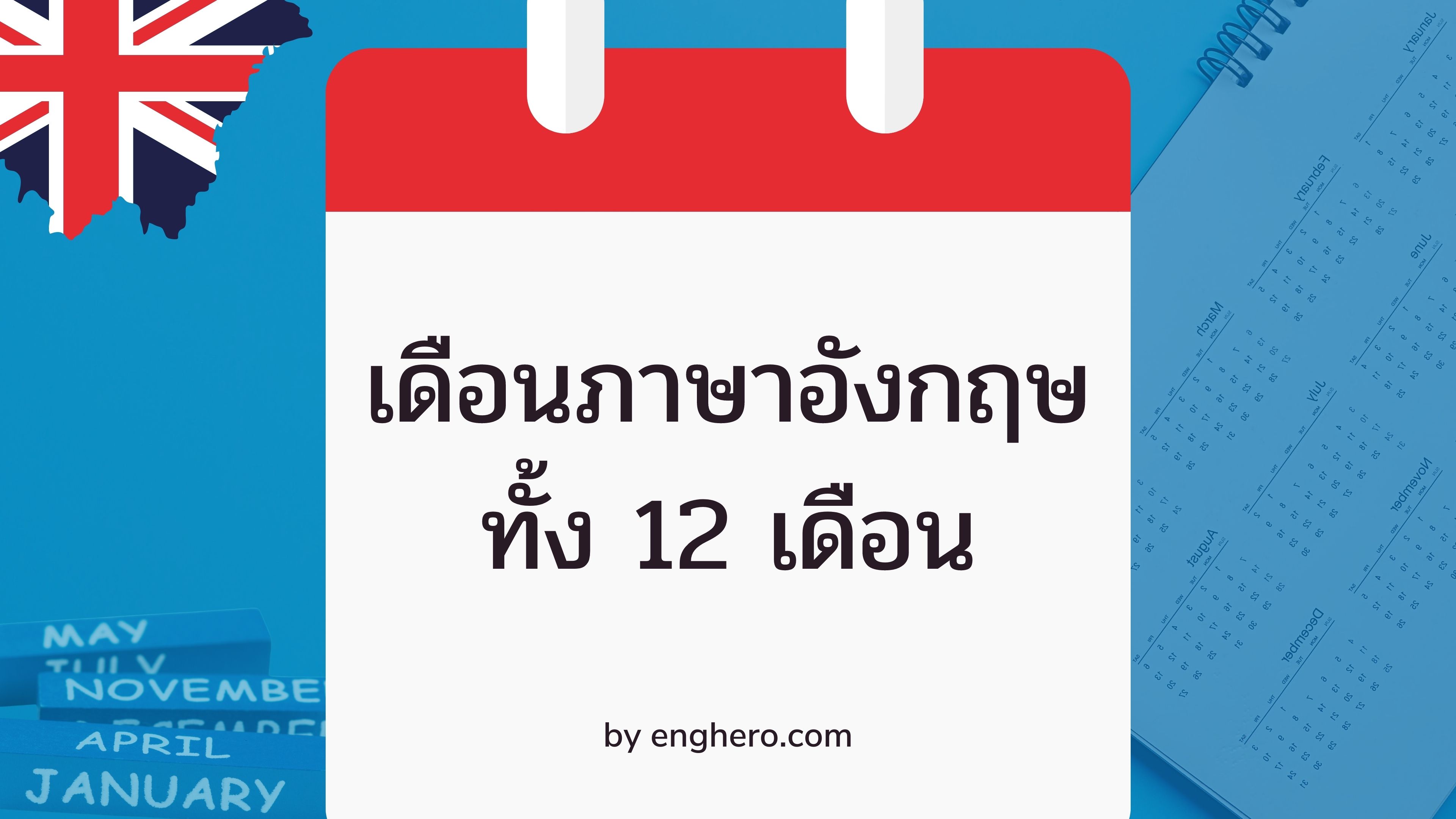คำนาม
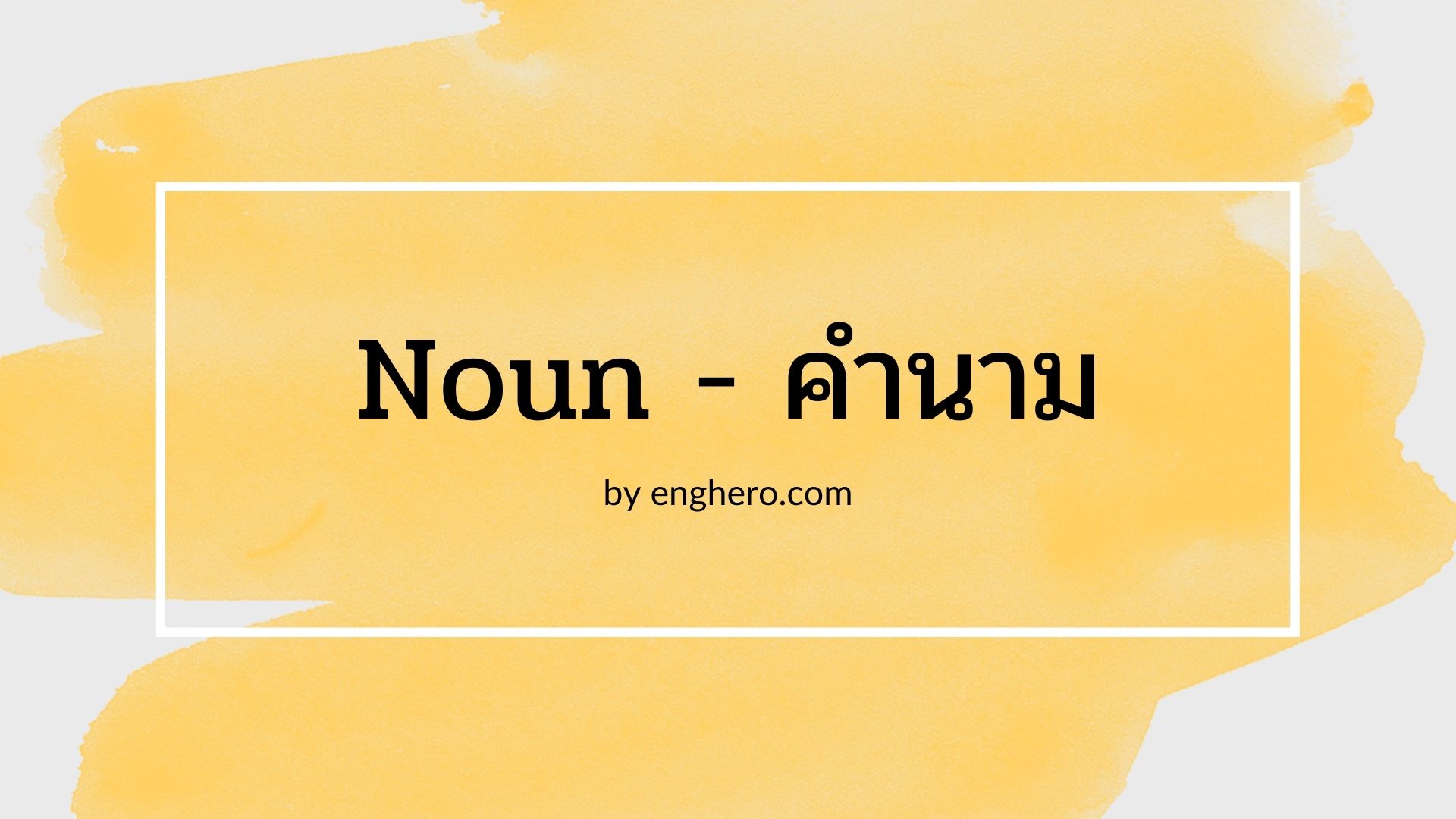
เนื้อหาในหน้านี้
คำนาม - Noun
คำนามเป็นคำที่ใช้เรียกชื่อคน สัตว์ สถานที่ สิ่งของ และนามธรรม เช่น student, policeman, dog, snake, airport, river, television, sugar, love, etc. หรือบางครั้งอาจรวมไปถึงสิ่งที่ไม่มีตัวตนและจับต้องไม่ได้ เช่น ความรัก ความแรารถนา ความรู้สึก เป็นต้น วันนี้เราจะมาเรียนรู้ประเภทของคำนามทั้งหมดและรายละเอียดของแต่ละประเภทกัน จะได้นำไปใช้ได้อย่างถูกต้อง
ประเภทของคำนาม
สามารถแบ่งประเภทของคำนามได้ดังนี้
- คำนามทั่วไป (common noun)
- คำนามเฉพาะ (proper noun)
- คำนามนับได้ (countable noun)
- คำนามนับไม่ได้ (uncountable noun)
- สมุหนาม (collective noun)
- อาการนาม (abstract noun)
- คำนามวัตถุ/คำนามที่ใช้เรียกสิ่งที่เป็นรูปธรรม (material noun/ concrete noun)
- คำนามที่แสดงเพศ (gender)
ความหมายและตัวอย่างของคำนามแต่ละประเภท
1. คำนามทั่วไป (common noun) เป็นคำที่ใช้เรียกชื่อคน สัตว์ สถานที่ สิ่งของ สภาวะทั่ว ๆ ไป เช่น girl, boy,man, tiger, country, week
2. คำนามเฉพาะ (proper noun) เป็นคำที่ใช้เรียกชื่อคนหนึ่งคนใด สิ่งของหนึ่งสิ่งของใด สถานที่หนึ่งสถานที่ใดโดยเฉพาะ เช่น
girl เป็น common noun Lidai เป็นชื่อเฉพาะเรียก girl คนหนึ่ง
tiger เป็น common noun Ahkor เป็นชื่อเฉพาะเรียก tiger ตัวหนึ่ง
country เป็น common noun Thailand เป็นชื่อเฉพาะเรียก country แห่งหนึ่ง
ชื่อวันและเดือนต้องเป็นคำนามเฉพาะ เช่น
Monday, Tuesday, etc.
January, February, March, etc.
คำนามเฉพาะ (proper noun) ต้องเขียนอักษรตัวแรกของคำด้วยอักษรตัวใหญ่ (capital letter)
3. คำนามนับได้ (countable noun) คือคำนามที่นับจำนวนได้ จึงมีรูปเอกพจน์ (singular form) และรูปพหูพจน์ (plural form)
การเปลี่ยนรูปเอกพจน์เป็นรูปพหูพจน์มีดังนี้
- กลุ่มที่ 1 คำนามส่วนมาก เติม s ที่รูปเอกพจน์เมื่อต้องการรูปพหูพจน์ เช่น คำต่อไปนี้
| Singular Form | Plural Form Form |
|---|---|
| potato | potatoes |
| watch | watches |
| bus | buses |
| glass | glasses |
| brush | brushes |
- กลุ่มที่ 2 คำนามที่ลงท้ายด้วย o, ch, s, ss, sh, x, และ z ต้องเติม es
| Singular Form | Plural Form Form |
|---|---|
| potato | potatoes |
| watch | watches |
| bus | buses |
| glass | glasses |
| brush | brushes |
ข้อยกเว้น
1. คำที่ลงท้ายด้วย o เช่น buffalo ใช้ได้ 2 แบบ คือเติม es ดังนี้ buffaloes หรือใช้รูปเดิมก็ได้ คือ buffalo
2. คำนามที่ลงท้ายด้วย o ที่มาจากภาษาอื่น หรือคำที่เป็นคำย่อ ให้เติม s เท่านั้น เช่น คำต่อไปนี้
kilo = kilos photo = photos
piano = pianos dynamo = dynamos
kimono = kimonos soprano = sopranos
การออกเสียง เมื่อเติม es ให้คำนามที่ลงท้ายด้วย ch, s, ss, sh, x, และ z ต้องออกเสียงคำ โดยเพิ่มพยางค์ที่ท้ายคำเป็นเสียง /Iz/ เช่น glasses ออกเสียงว่า [gla:sIz]
- กลุ่มที่ 3 คำนามที่ลงท้ายด้วย y โดยอักษรที่นำหน้า y เป็นรูปพยัญชนะต้องเปลี่ยน y เป็น i ก่อนเติม es เช่น
Singular Form Plural Form
baby babies
country countries
fly flies
แต่คำนามที่ลงท้ายด้วย y โดยอักษรที่นำหน้า y เป็นรูปสระ ให้เติม s เช่น
boy = boys
monkey = monkeys
- กลุ่มที่ 4 คำนามที่ลงท้ายด้วย f หรือ fe ต้องเปลี่ยน f หรือ fe เป็น ves เช่น คำนาม
ต่อไปนี้ calf, half , knife, leaf, loaf, life, self, shelf, thief, wife, wolf, sheaf
Singular Form Plural Form
loaf loaves
leaf leaves
wife wives
half halves
thief thieves
ส่วนคำนามต่อไปนี้ hoof, scarf, และ wharf เติม s หรือเปลี่ยน f เป็น ves ก็ได้ดังนี้
hoof = hoofs/ hooves
scarf = scarfs/ scarves
wharf = wharfs/wharves
นอกจากคำนามที่กล่าวมานี้ คำนามอื่นที่ลงท้ายด้วย f หรือ fe ให้เติม s เมื่อเป็นพหูพจน์ เช่น
cliff = cliffs
handkerchief = handkerchiefs
- กลุ่มที่ 5 คำนามต่อไปนี้มีรูปพหูพจน์เฉพาะ เช่น
Singular Form
Plural Form
man
men
woman
women
foot
feet
tooth
teeth
goose
geese
mouse
mice
louse
lice
child
children
ox
oxen
ข้อสังเกต คำที่ 1 – 7 คำที่เป็นพหูพจน์เปลี่ยนสระภายในคำเอกพจน์ ส่วน 2 คำหลัง คือ child และ ox เป็นการเติม -ren/-en ท้ายคำ
- กลุ่มที่ 6 คำนามกลุ่มนี้ไม่ต้องเปลี่ยนรูปเมื่อเป็นพหูพจน์
fish (fishes มีใช้บ้าง แต่น้อยมาก)
ชื่อปลาต่าง ๆ เช่น carp, salmon, trout, cod, mackerel
ปลาหมึก squid
สัตว์บางชนิด เช่น deer, sheep, swine
ยานพาหนะบางชนิด เช่น aircraft, craft
คำนามต่อไปนี้ใช้รูปเดิมหรือเติม s ก็ได้ duck/ducks, partridge/ partridges, pheasant/pheasants
คำนามนับได้บางคำจะเป็นพหูพจน์เสมอ เช่น clothes, police, savings, stairs, surroundings, valuables, pains, thanks, contents, etc.
She unpacked and put all her clothes in the closet.
The man witnessed the robbery and called the police.
She walked up the stairs quietly.
คำนามเรียกเสื้อผ้า เครื่องมือ หรือของใช้ที่มีสองส่วนจะเป็นพหูพจน์เช่นเดียวกัน เช่น
เสื้อผ้า: trousers pants, shorts, etc. (กางเกง มี 2 ขา)
เครื่องมือหรือของใช้: pliers, scissors, tweezers, binoculars, glasses, spectacles, etc.
Schoolboys wear shorts when they go to school.
The girl cut the pictures with scissors.
Tim is short-sighted. He must wear glasses when he reads.
4. คำนามนับไม่ได้ (uncountable noun) ได้แก่
คำนามที่เรียกสิ่งที่นับจำนวนไม่ได้หรือไม่สามารถแยกนับเป็นหนึ่ง สอง สาม ฯลฯ ได้ เช่น
water sugar bread gold paper dust
sand hair cloth soap ice oil
glass wood meat jam chalk mud
milk salt butter rice air snow
คำนามที่บอกการกระทำ (action) คุณสมบัติ (quality) หรือ สภาพ (state) ซึ่งไม่มีตัวตน จับต้องไม่ได้ คำนามเหล่านี้เรียกว่า อาการนาม (abstract noun) ซึ่งสามารถศึกษารายละเอียดได้ในเรื่อง อาการนาม เช่น
information advice relief laziness sorrow willingness
คำนามที่เป็นชื่อวิชาหรือชื่อกีฬา เช่น
English Japanese history geography psychology
basketball tennis golf baseball
คำนามที่เรียกชื่อโรคต่าง ๆ เช่น mumps, measles, shingles (งูสวัด) และ
คำนามต่อไปนี้ luggage, baggage, furniture, weather, news, etc.
คำนามนับไม่ได้จะมีคุณสมบัติเป็นเอกพจน์เสมอ และไม่ใช้คำกำกับนาม a/an นำหน้า
5. สมุหนาม (collective noun) เป็นคำนามเอกพจน์ซึ่งใช้เรียกคนเป็นกลุ่ม เช่น
family staff team bunch army crowd government
company class club gang jury band committee
คำนามเหล่านี้จึงสามารถใช้เสมือนเป็นคำพหูพจน์ใช้กริยาพหูพจน์ (plural verb) แต่ใช้กับกริยาเอกพจน์ (singular verb) ก็ได้ ทั้งนี้ขึ้นอยู่กับว่าผู้พูดหรือผู้เขียนตั้งใจจะหมายถึงอะไร
ถ้าผู้พูดหมายถึง คนจำนวนมากกว่า 1 คน ( = people) กำลังทำสิ่งหนึ่งสิ่งใดที่มีคนมากกว่า 1 คนทำ เช่น การวางแผนต้องการสิ่งหนึ่งสิ่งใด ฯลฯ ควรจะใช้กริยาพหูพจน์และต้องแทนด้วยคำสรรพนาม “they” เช่น
Our school team are wearing the school uniform.
ถ้าหมายถึง กลุ่มเดียว/หน่วยเดียว (a single group or unit) ให้ใช้กริยาเอกพจน์ เช่น
Our school team is better than our opponent’s.
The family is going to Italy next month.
สมุหนามบางคำมีรูปพหูพจน์ได้และต้องใช้กับกริยาพหูพจน์ เช่น
family = families class = classes crowd = crowds
6. อาการนาม (abstract noun) ได้แก่คำนามที่เรียกสิ่งที่ไม่มีรูปร่าง เช่น honesty คำนาม
ประเภทนี้เป็นคำนามที่บอกการกระทำ (action) คุณสมบัติ (quality) หรือสภาพ (state) ซึ่งไม่มีตัว
ตนที่จับต้องได้ อาการนามเป็นคำนามที่นับไม่ได้ เช่น
ability
courage
death
fear
help
decision
experience
beauty
hope
pity
honesty
horror
knowledge
happiness
mercy
poverty
arrival
choice
shopping
camping
7. คำนามวัตถุ/ คำนามที่ใช้เรียกสิ่งที่เป็นรูปธรรม (material noun/ concrete noun)
คำนามประเภทนี้เป็น mass noun เป็นคำนามที่เรียกสิ่งของที่มีรูปร่าง อยู่เป็นกลุ่มก้อน แต่นับไม่ได้ ต้องระบุจำนวนมากน้อยโดยบอกเป็นปริมาณ และเป็นคำนามที่บ่งบอกถึงเนื้อวัตถุ จะมีรูปเป็นเอกพจน์และใช้กับกริยาเอกพจน์เสมอ เช่น rice, soap, gold, water, wood
คำนามวัตถุจะไม่ใช้คำกำกับนาม a/an นำหน้า เช่น
Rice is grown in Thailand.
We wash our hands with soap and water before meals.
Gold is very expensive these days.
วิธีระบุปริมาณของคำนามวัตถุ ต้องใช้ common noun มาช่วยแสดงปริมาณโดยใช้รูปแบบ
กลุ่มคำดังนี้
common noun + of + material noun เช่น
a glass of water
a jug of milk
a cup of tea
a loaf of bread
a bar of soap
a cube of sugar
a piece of paper
a bag of rice
วิธีทำเป็นพหูพจน์ ต้องเปลี่ยนที่ common noun ดังนี้
He drinks two glasses of milk every morning.
She bought three loaves of bread.
Please give me five pieces of writing paper.
คำนามวัตถุจัดเป็นประเภทได้ดังนี้
พวกที่เป็นอาหาร ได้แก่ ประเภทเนื้อและพืชผลต่างๆ เช่น
meat mutton pork cheese bread beef rice
salt sugar fish butter curry milk wheat
พวกที่เป็นสารธรรมชาติและแร่ธาตุต่างๆ เช่น
gold silver iron oxygen metal stone wood
glass brick sand cement cotton earth copper
8. คำนามที่แสดงเพศ (gender) มีอยู่ 4 ประเภทคือ เพศชาย (masculine), เพศหญิง (feminine), เพศรวม (common gender) และไม่มีเพศ (neuter)
คำนามที่บ่งบอกเพศชายและเพศหญิง
- สำหรับเรียก คน (people)
M
F
M
F
boy
girl
man
woman
son
daughter
uncle
aunt
father
mother
husband
wife
nephew
niece
bachelor
spinster
gentleman
lady
bridegroom
bride
widower
widow
duke
duchess
king
queen
prince
princess
actor
actress
host
hostess
hero
heroine
waiter
waitress
salesman
saleswoman
god
goddess
heir
heiress
steward
stewardess
- สำหรับเรียก สัตว์ (animals) ต่อไปนี้
M
F
M
F
M
F
drake
duck
bull
cow
cock
hen
gander
goose
ram
ewe
dog
bitch
tiger
tigress
lion
lioness
คำนามที่บ่งบอกเพศรวม เช่น
boy – girl = child son – daughter = child
man – woman = person father – mother = parent*
cock – hen = fowl ram – ewe = sheep
* คำว่า parent ถ้าหมายถึงทั้งพ่อและแม่ จะเป็นพหูพจน์ คือ parents แต่ถ้าพูดถึงคนใดคนหนึ่งเพียงคนเดียว คือ พ่อหรือแม่ ใช้เป็นเอกพจน์ คือ parent
คำนามไม่มีเพศ มักจะเป็นคำนามที่เรียกสิ่งของ เช่น book, table, television, telephone, camera, etc.
คงได้ทราบประเภทของคำนามกันแล้ว อย่าลืมทบทวนบ่อย ๆ นะจ๊ะ ยิ่งต้องสอบแล้วเนี่ย ยังไงก็หนีไม่พ้นคำนามทั้ง 8 ประเภทเหล่านี้แน่นอน
ขอขอบคุณและดูเพิ่มเติมต่อได้ที่ http://www.stou.ac.th/schools/sla/b.a.english/D4LP/14212/Module3/content/content01.html

พูดคุย
ร่วมให้กำลังใจหรือติชม

